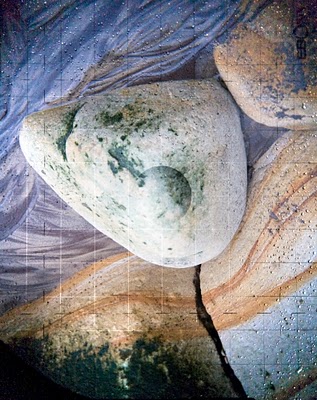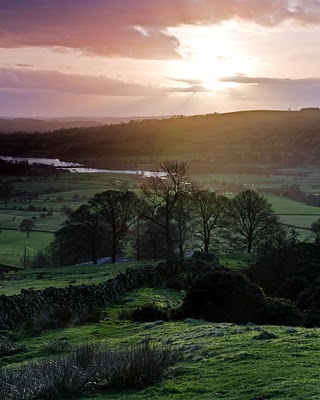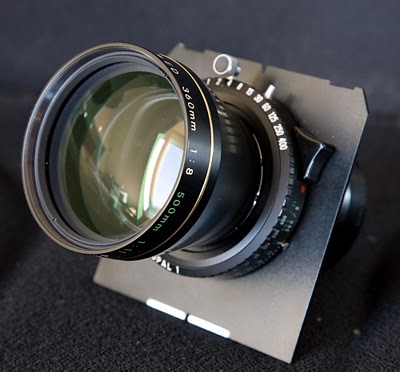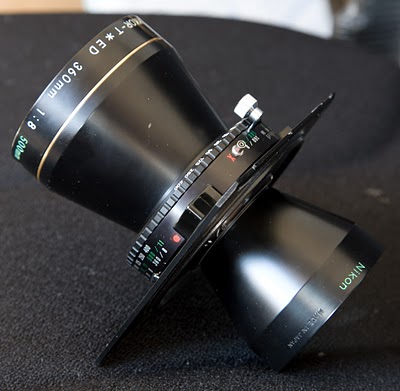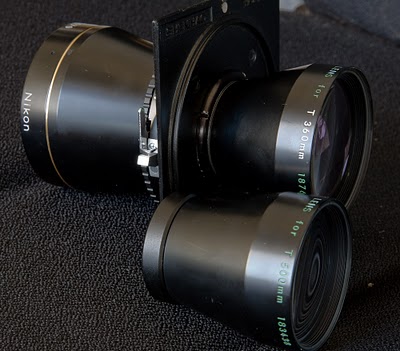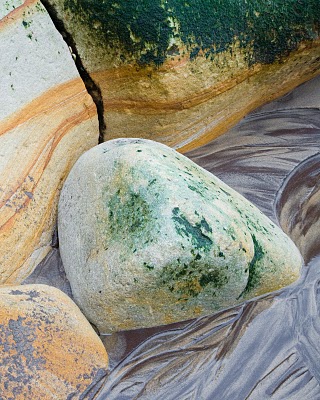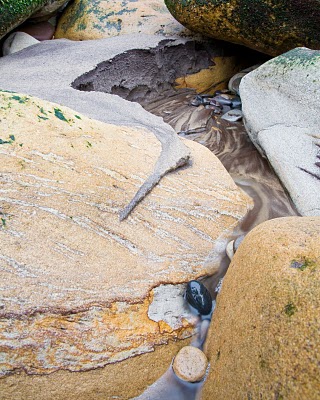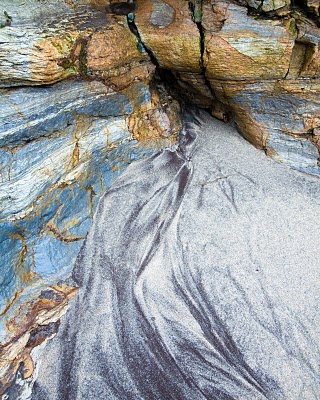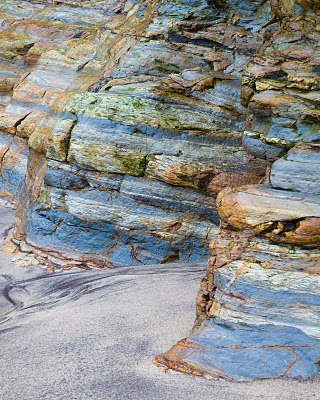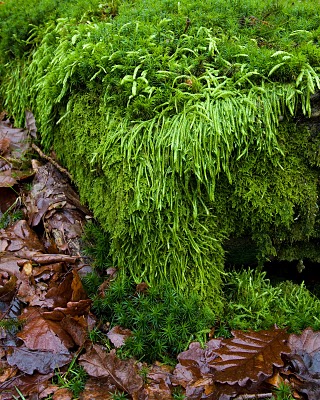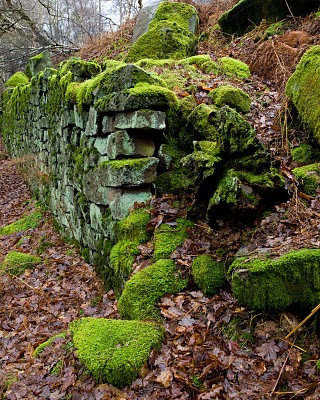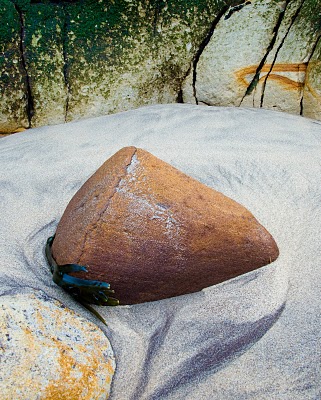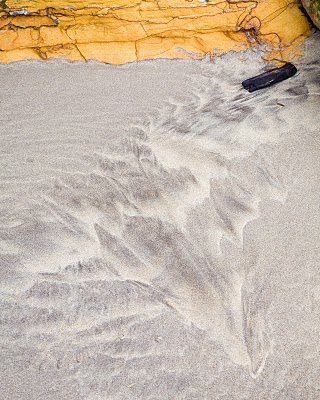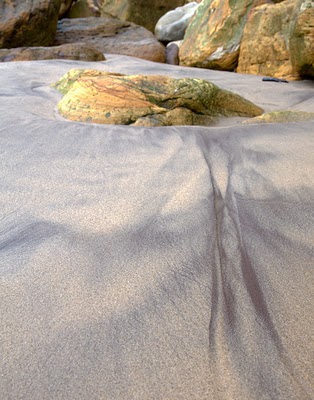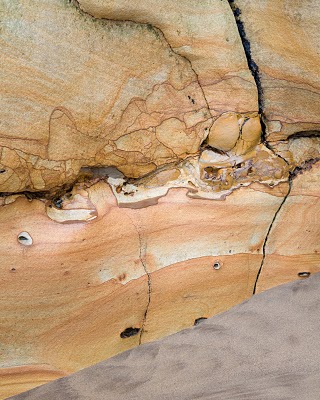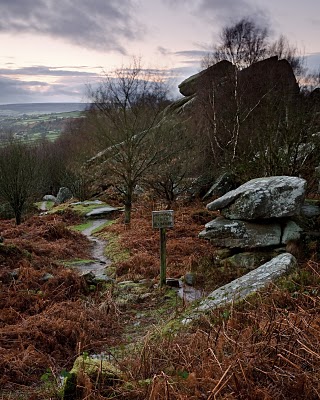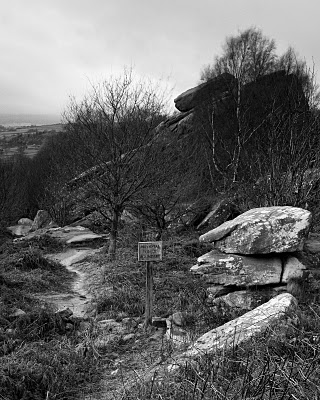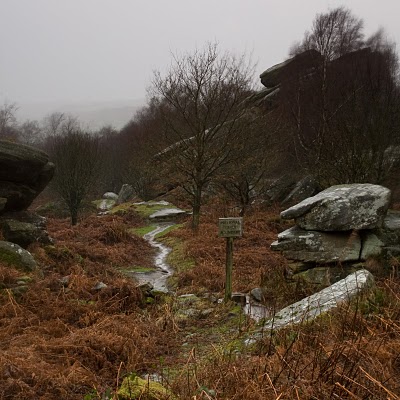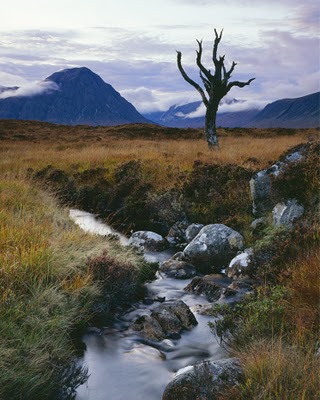
![]()
In a comment in a previous post, an interesting point was raised about the influences a photographer brings to bear on their subjects and how to create a style that transcends these influences.
Charles mentions the Whitby shot three posts previous to this and suggests that it is David Ward-ish and also asks the corollary of this which is, is it Tim Parkin-ish.
First of all I’m very happy to have my photography compared to David, he is someone whose photography I find inspiring, interesting and rewarding. I’ve also been developing David’s website and so have been working closely with his images for some time. I imagine this can’t help but have an influence, even sub-consciously. An example of this influence would be the photograph of the dead tree on Rannoch Moor that I’ve recently uploaded to Flickr.
This photograph was taken without once thinking about David’s own iconic picture (which I believe will grace the front of his new book) and it’s also not a patch on David’s picture (the snow on the mountains, the beautiful fluffy clouds, the strong leading line through use of wide angle). In this location however, I believe there are only a few different obvious and strong ‘vista’ shots. The location of the stream and the fact that the background is strongest in this direction plus the boulders and plants, both adding detail and colour. Finally, the views in the other directions just aren’t as interesting. The main thing I don’t like about David’s shot is the blocky scan of it I’ve seen (the amazon cover doesn’t look much better at the minute).
Then again this isn’t a particularly David Ward picture in my opinion. The picture that Charles mentions is a lot more reminiscent of the types of picture that I identify David with. It has strong graphic lines and shapes, it makes good use of texture, it ‘connotes more than it denotes’ (in this case I’d hope to say something about flow and time). But, again, I wasn’t thinking about David Ward when I was taking this. If anything, I was thinking about Nigel Halliwell and Mel Foster, both of whom who know David and are probably inspired by him. Does this mean I’m inspired y David second hand in this case.
But what about the photographers who inspired David? Do David’s pictures look David Ward-ish or is there some photographer out there with whom David has a strong link. People talk about a “Joe Cornish” look but they fail to see through Joe through to his influences (Peter Dombrovskis, Eliot Porter, Michael Fatali).
I believe we have in britain a zeitgeist embodied by certain high profile photographers. This has led to an easy (and lazy) categorisation of anything without a horizon as being Ward-ish, anything rustic (and square) as being Waite-ish, anything Vista-ish with strong near-far compositions as being Cornish-ish.
It is difficult as there aren’t many books tracing the history of Landscape photography through it’s influences and people like Eliot Porter get missed completely by a lot of people (my included).
In hindsight, we can see a photographers body of work and understand a ‘style’ as being implicit in everything they did. But if you ask that photographer about their artwork, they will show you picture after picture that denies that style; pictures that demonstrate a talent far away from the charicature developed in the media.
Now how difficult is it for me to have a developed style and to demonstrate it in a single picture.
I ask you to look at the following pictures and tell me if they fit their photographers charicature..

![]()
![]()
You can identify the original photographer by their aspect ratio if you like – does this mean that these photographers style’s are so closely linked with something as trivial as picture shape?
Because I’ve realised that the only way to really let my style show through is to work on a limited body of subject matter until I’ve exhausted sub-conscious influence and have to start thinking myself about composition, style, topic, etc. In other words, entering a gestalt state of perception and then working back to my visual metaphors (probably having to create them on the way back).
Charles also asks a few other questions:-
Do you feel it is your duty or plainly unavoidable to make pictures that someone else (eg David Ward) might have made?
It’s totally unavoidable that I might make pictures that someone else might have made. It’s less likely that this will happen if I have built my own ‘recipe’ for a photograph to taste nice to me. This recipe might well contain ingredients from other photographers (who may have inherited these ingredients from still other photographers. Some ingredients I will find myself along the way.
I wonder if David Ward worried about this photograph being ‘Sugimoto-ish’ (or even ‘Gustav Le Gray-ish’)
![]()
Charles also asks a few final questions: –
Do you feel that your originality lies in the fact that you are the one who has found this material? In other words, do you think that the location will give greater originality than the rendition?
No but I do believe that working around an original location will more likely allow you to express what your style is rather than being pushed around by the weight of previous photographic incarnations (e.g. I’ve been to Lochan N-Ha’Achlaise three times but each time I’ve tried to avoid the cliche compositions). Then again, you could say that if you go to a famous place, you really have to use your own skill and style to create a picture that avoids saying what has already been said… I’m not averse to the rare or popular location as long as it has material that will allow me to be creative in.
Do you feel that the aim of your quest is to find the material that will allow you to express a particular style, or do you feel that the aim of your quest is to find the material that chimes with something inside you and then to represent it according to a style which suits it and your feelings towards it (a style which you effectively pull out of a catalogue)?
The aim of my quest is to create a consistent body of work rather than a ‘grab bag’ of opportunistic photographs. I don’t want to collect pictures of famous locations (which seems to be a common photography hobby). It’s great to go to a location that you’ve seen in print and it’s exciting if you can create something original from this. It’s also great to strike off on your own to find new grounds. I’m going on a Light and Land trip to the Gower peninsula soon at which we’ll visit very commonly photographed locations and I’m sure I’ll capture shots that are very reminiscent of other photographers. I also hope I’ll capture some pictures that present my transcription of those locales..
Click to view full post including 3 Comments
